Why the Vision Pro Development Process is Leading to Developer Stress
With the introduction of the Apple Vision Pro, a mixed-reality headset that combines augmented reality (AR) and virtual reality (VR) capabilities, developers worldwide are facing new challenges. While the device offers exciting opportunities for innovation, its complex technology and high user expectations are causing significant stress among developers. This article explores the reasons behind this stress and potential ways to alleviate it.
1. Complexity of AR and VR Integration
One of the primary stressors for developers working on the Vision Pro is the integration of both AR and VR technologies. This integration requires a deep understanding of two distinct, complex technologies and the ability to seamlessly blend them into cohesive, user-friendly applications. Developers are tasked with creating programs that can transition smoothly between AR and VR, sometimes in real-time, which can be a challenging and stressful endeavor.
2. High-Resolution Display Development
Creating content for high-resolution displays, like the one featured on the Vision Pro, adds another layer of complexity. Developers need to ensure their applications support high-definition images and 3D content. This demands high-quality graphics and animations, which require significant time, technical skill, and resources to develop. This pressure to deliver exceptional visual quality can add to the stress levels of the development team.
3. Eye and Hand Tracking Features
The Vision Pro includes eye and hand tracking capabilities, which, while innovative and engaging, present additional challenges for developers. Creating applications that accurately interpret and respond to these movements requires advanced knowledge of machine learning and sensor interpretation. The need for these specialized skills can make the development process more stressful and demanding.
4. Development for Custom Hardware
The Vision Pro runs on Apple's M2 chip, a custom silicon processor. While this chip provides high performance, developing software tailored to custom hardware can be a complex task. Developers must optimize their applications to work efficiently with this specific hardware, which can be a time-consuming and stressful process.
5. Meeting Diverse Use Case Demands
The Vision Pro is designed for a wide range of applications, from entertainment to professional use. This means developers must create software that caters to diverse user needs, often requiring them to have expertise in various fields. Balancing these varied demands and ensuring the software provides value in different scenarios can be a significant source of stress.
6. Short Development Timelines
With the tech industry's fast-paced nature, developers often face tight deadlines to deliver new applications or updates. These deadlines can be even more daunting when working with advanced technology like the Vision Pro, leading to long hours and increased stress levels.
Conclusion
The development process for the Vision Pro, while exciting, is undoubtedly causing stress among developers. The complexity of the technology, high user expectations, and demanding deadlines are all contributing factors. However, with adequate support, time management, and tools, developers can navigate these challenges and create innovative applications for this cutting-edge device.
It's crucial for companies to recognize these stress factors and provide their developers with the necessary support, whether it's investing in training, promoting a balanced work-life culture, or providing access to the latest development tools. With the right strategies, stress can be managed, leading to higher productivity and better overall team morale.



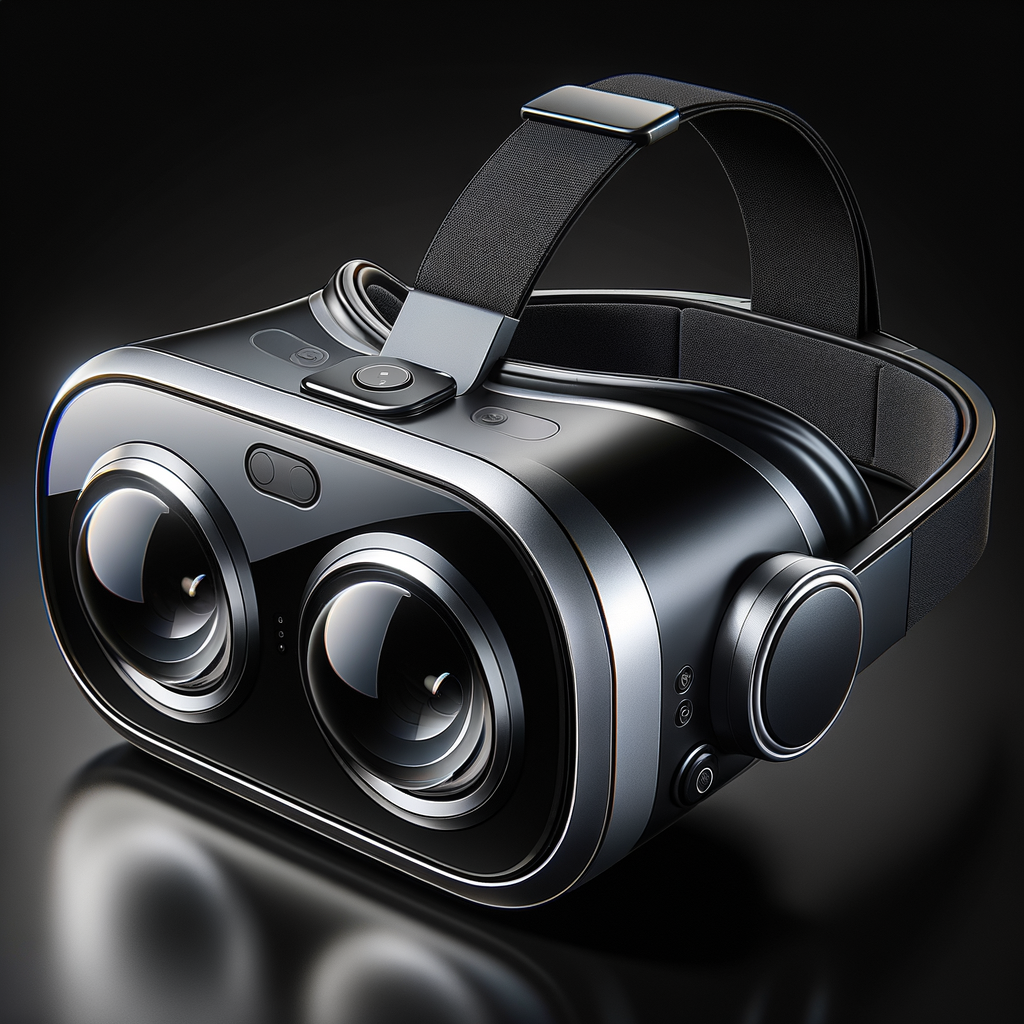
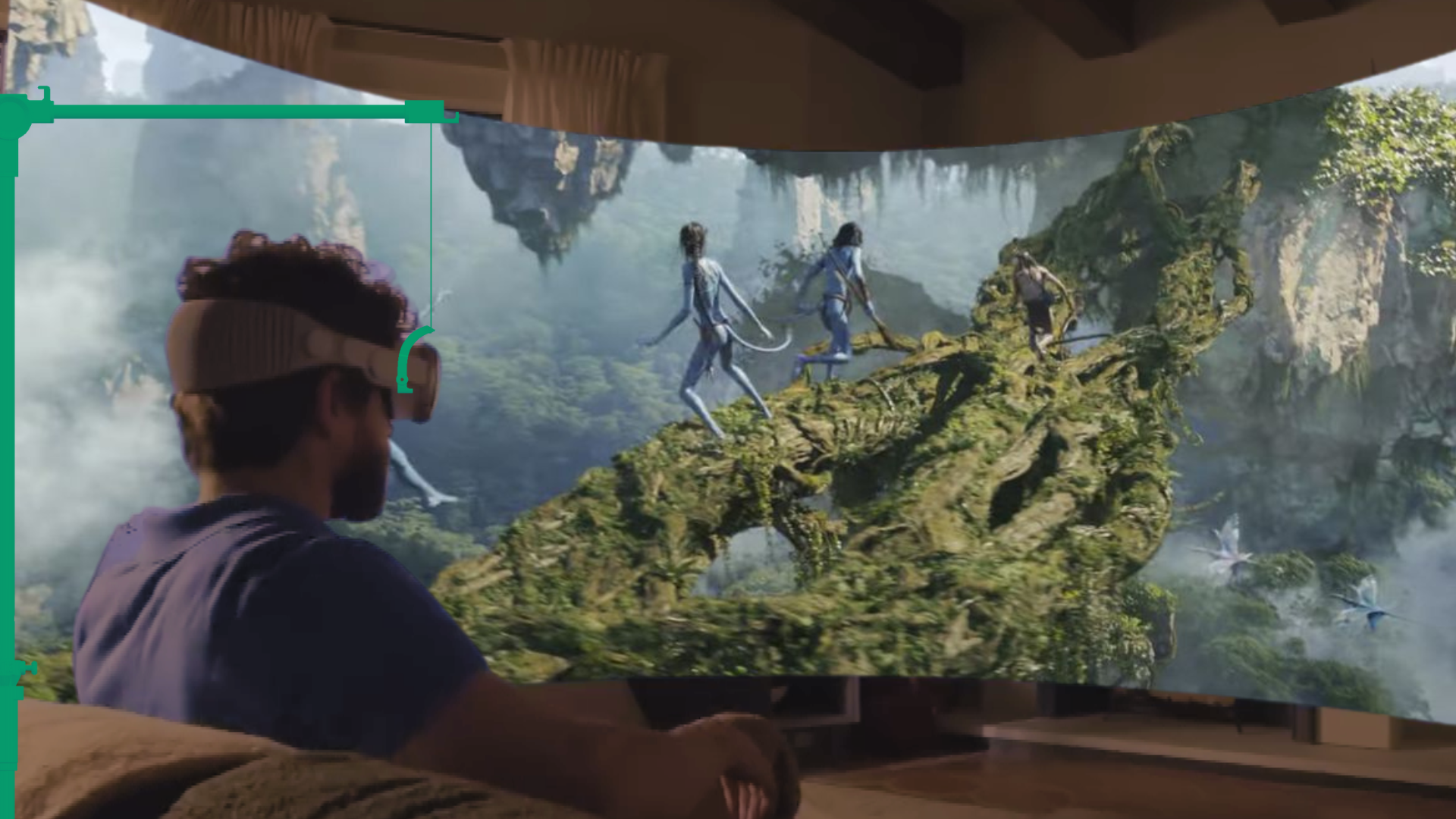
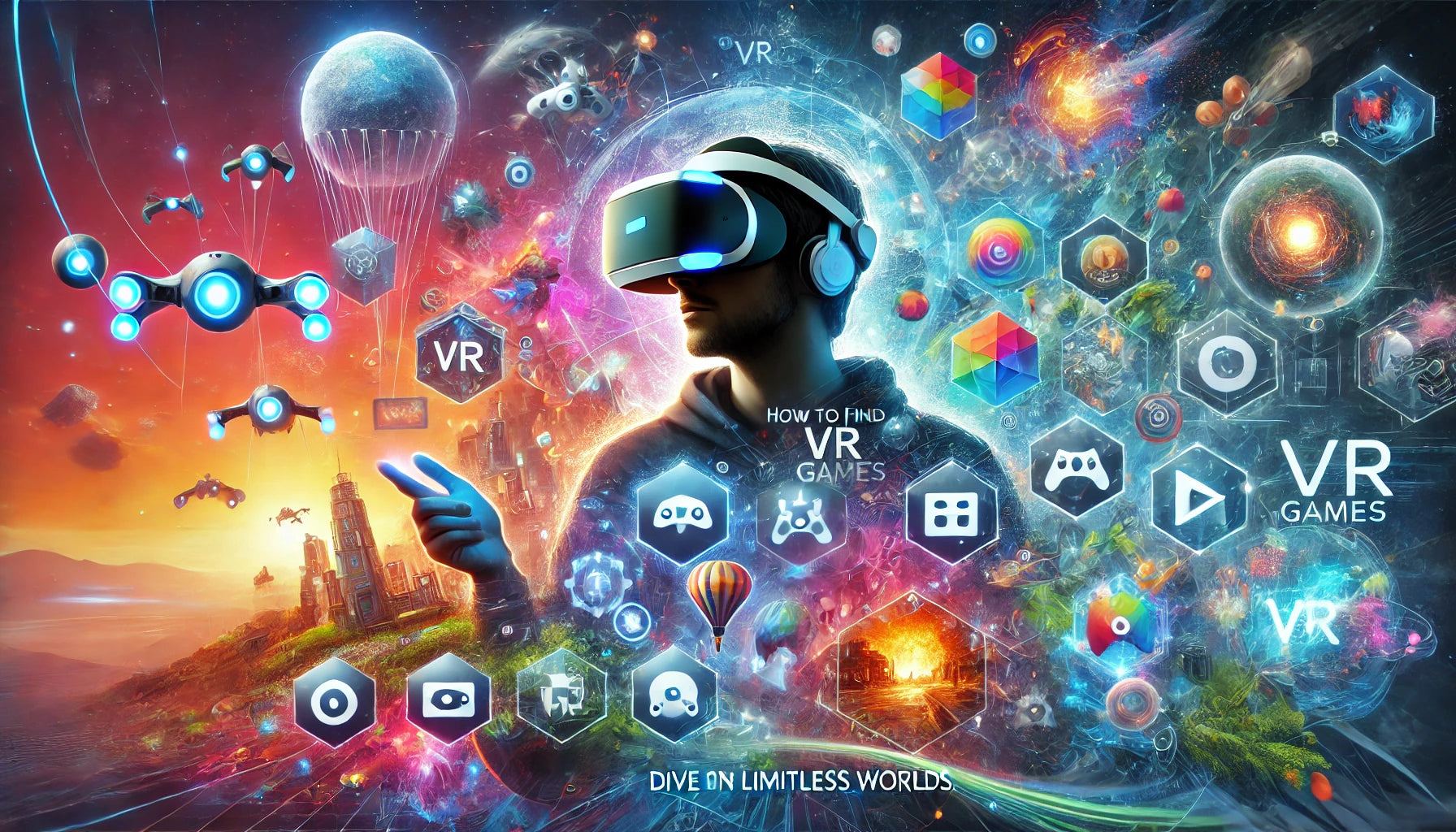
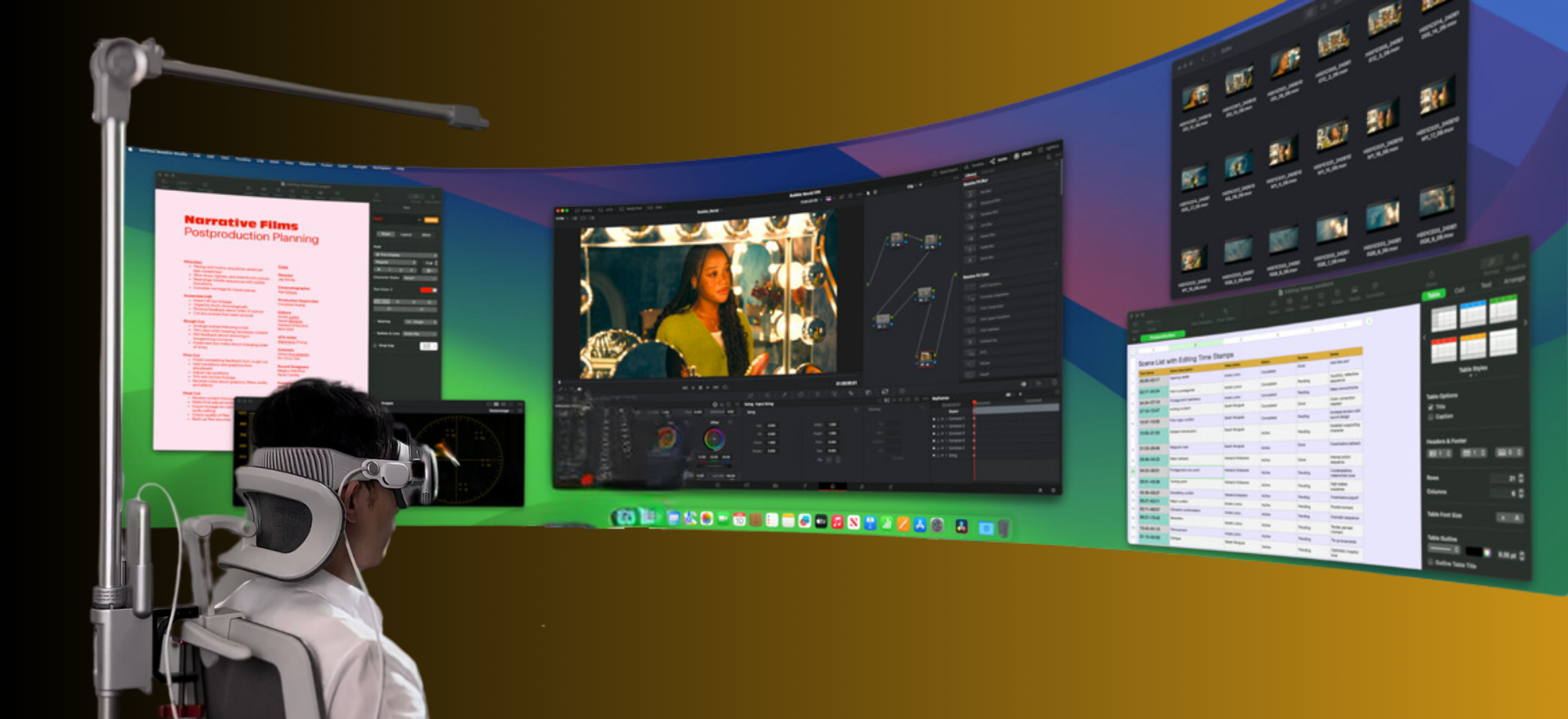
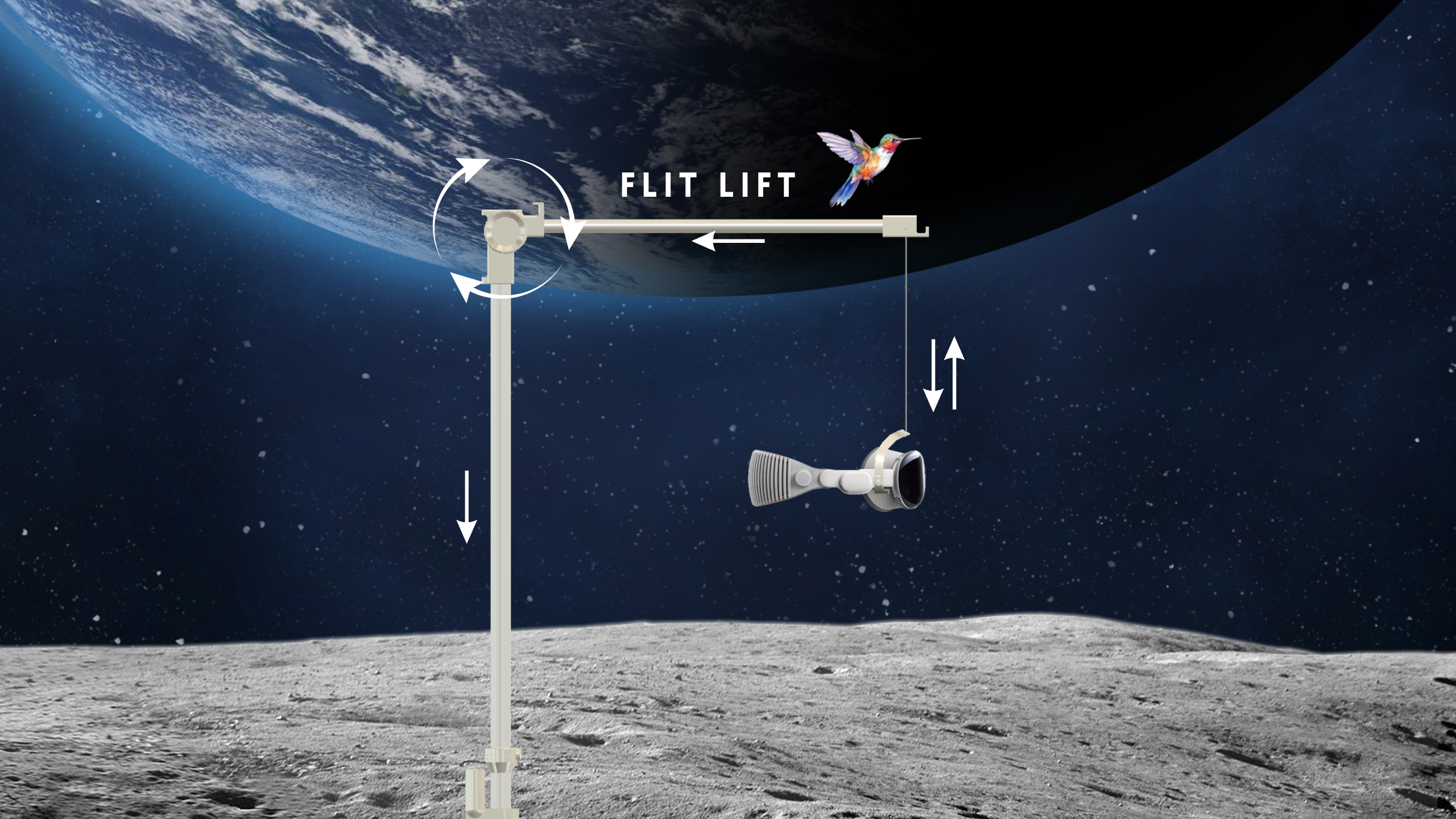

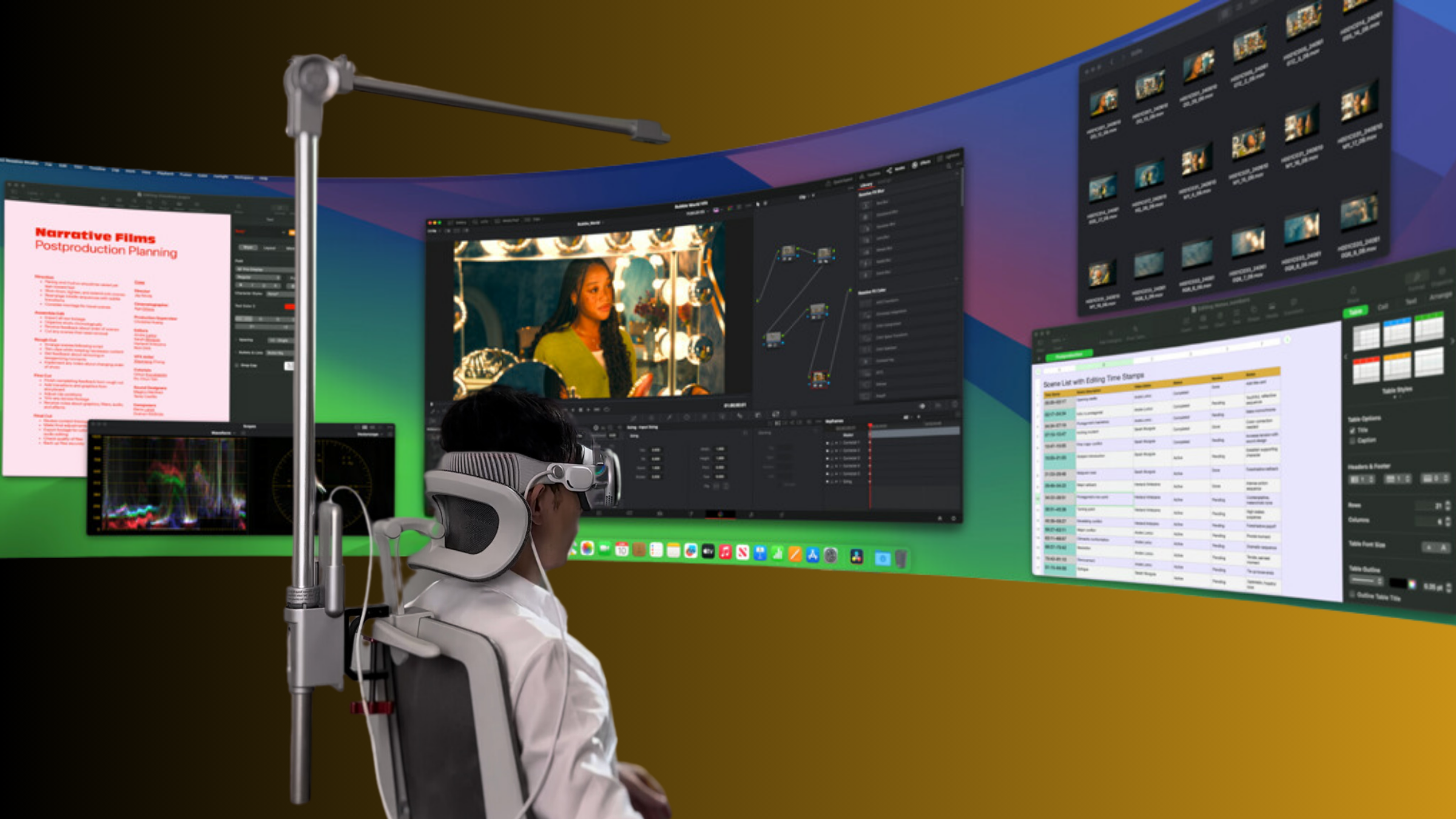

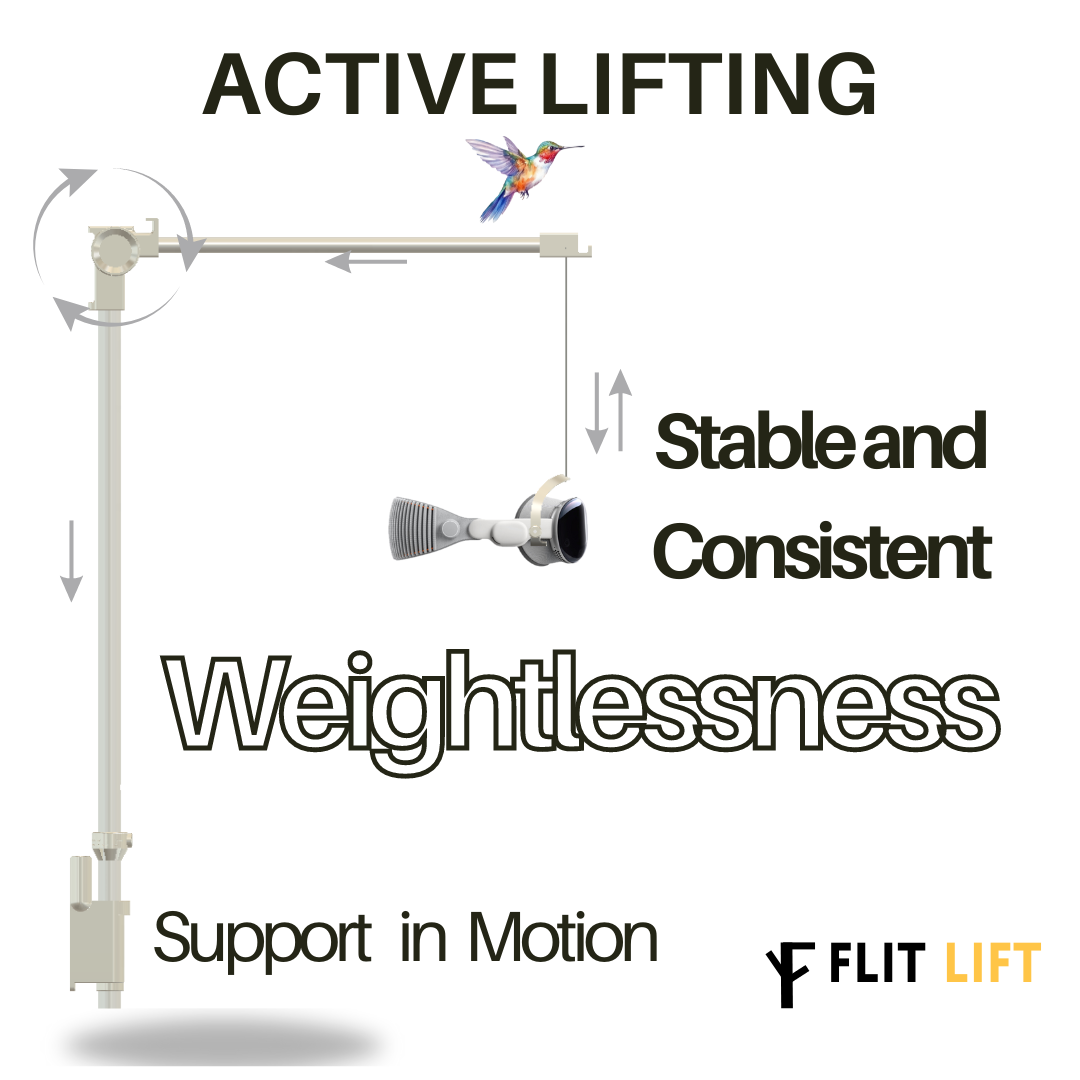
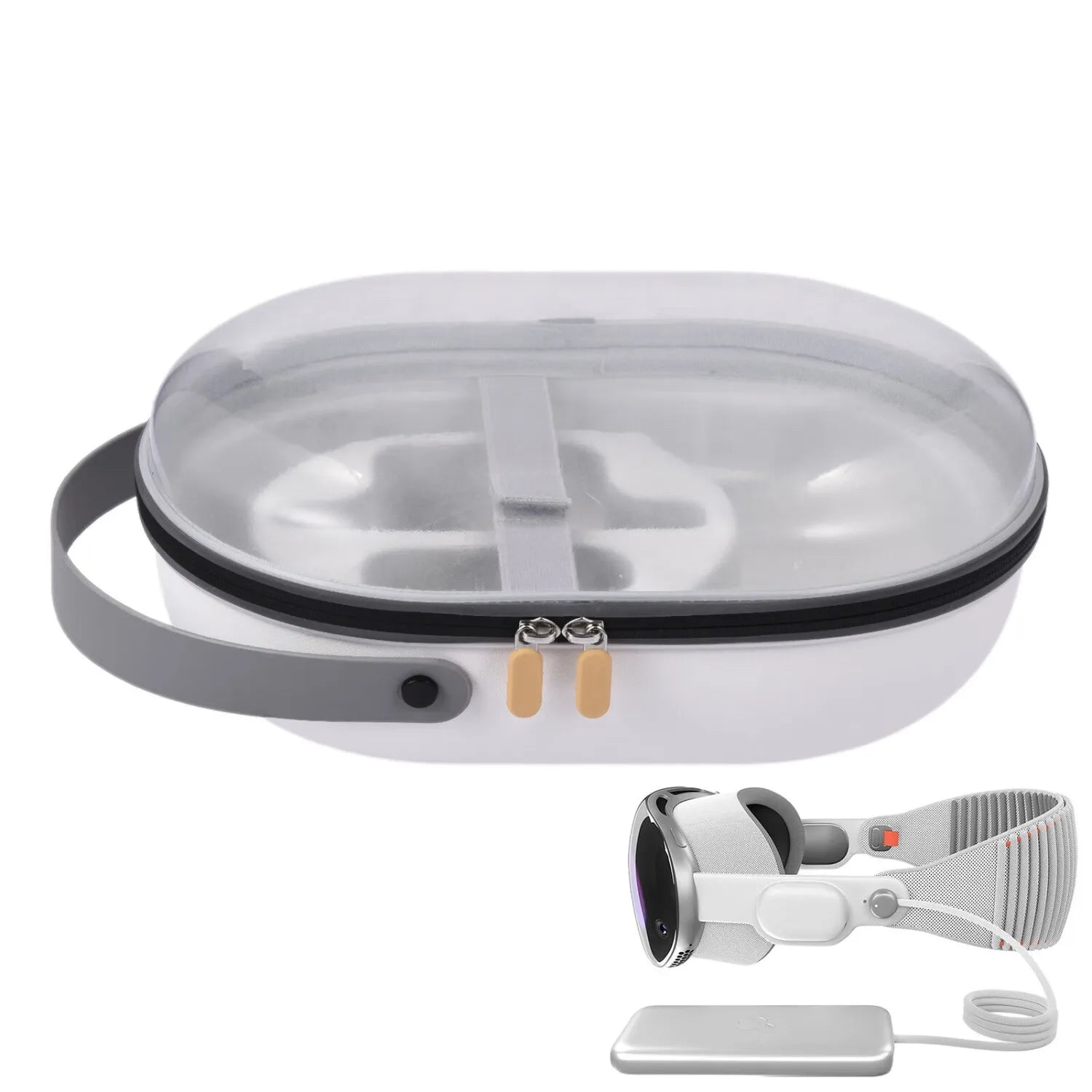

Share:
The Toll of Developing for Vision Pro: What’s Happening Behind the Scenes
Vision Pro and the Burnout Culture: How to Build Smart, Not Hard